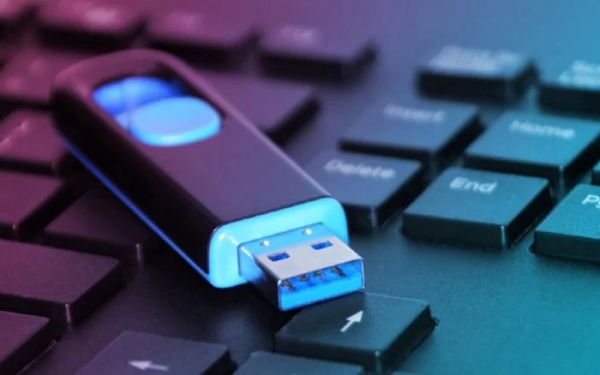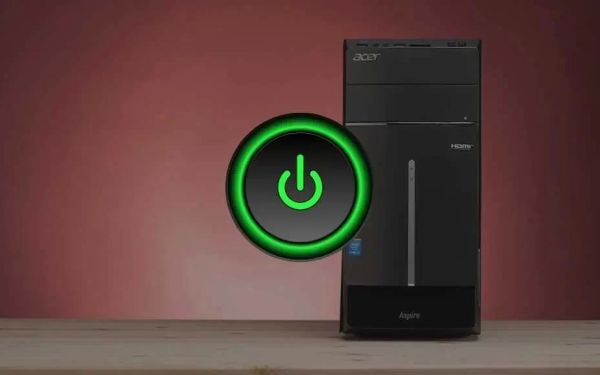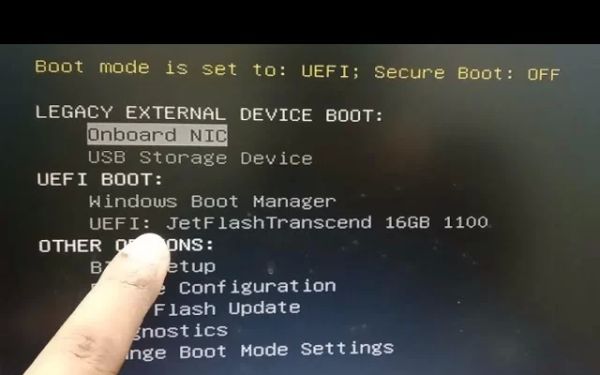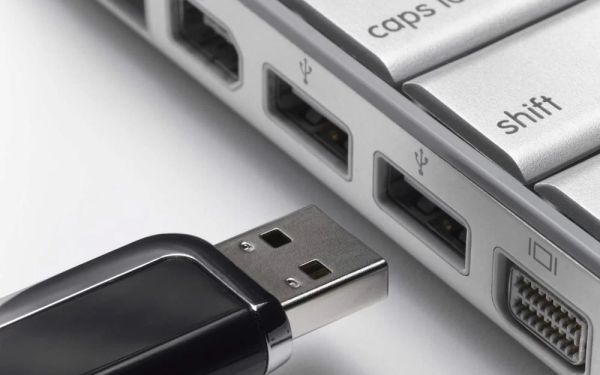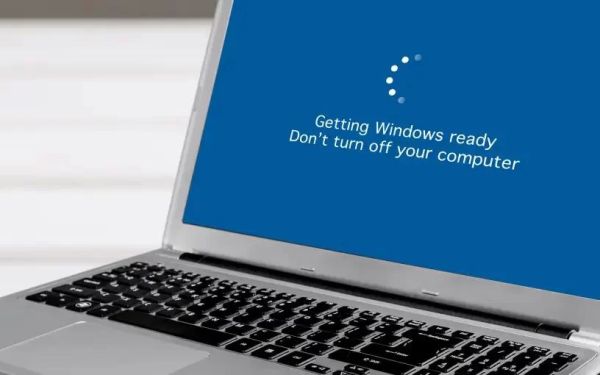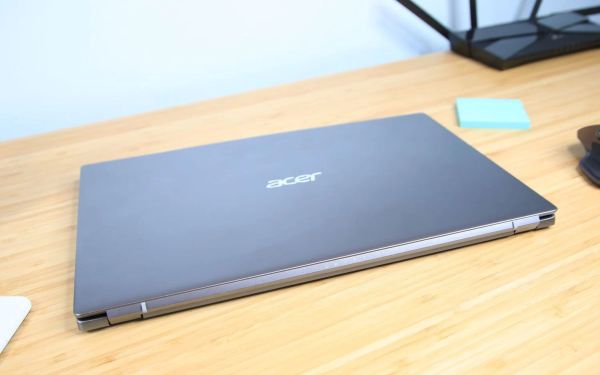How to Access the HP Desktop USB Boot Menu: A Simple Step-by-Step Guide
- Why Accessing the USB Boot Menu is Important
- Steps to Access the HP Desktop USB Boot Menu
- Common Issues When Accessing HP USB Boot Menu
- Solutions for Boot Menu Access Issues
- HP USB Boot Tips and Tricks
When working with your HP desktop, there may come a time when you need to boot from a USB device. This is particularly common when you're installing or reinstalling an operating system, running diagnostics, or working with external bootable tools. The ability to access the USB boot menu gives you the flexibility to boot from a USB drive without making changes to the system's default boot order.
Accessing the USB boot menu ensures you can quickly and easily load your preferred operating system or tool, which is essential for troubleshooting, installing software, or recovering data. It saves you time and effort, as you don’t need to dive deep into BIOS settings each time you want to boot from USB.
Accessing the USB boot menu on your HP desktop is a simple process. Follow these steps to get started:
- Step 1: Ensure that your USB device is properly connected to one of the USB ports on your HP desktop.
- Step 2: Power on or restart your HP desktop.
- Step 3: Immediately press the Esc key repeatedly until the Startup Menu appears.
- Step 4: Press F9 to enter the Boot Device Options.
- Step 5: From the Boot Device Options, select your USB device as the boot source and press Enter.
Once you have completed these steps, your HP desktop will boot from the USB device, allowing you to install an operating system or run any necessary tools.
While the process of accessing the USB boot menu on your HP desktop is generally straightforward, you may encounter a few common issues:
- USB Not Recognized: Ensure that your USB device is formatted correctly and contains a bootable image or operating system. If the USB is not recognized, check the USB ports and try using a different one.
- Fast Boot Enabled: Some HP desktops have Fast Boot enabled by default, which skips the boot menu and can prevent you from accessing the USB boot options. You may need to disable Fast Boot in the BIOS settings to resolve this.
- Incorrect Boot Order: If your USB device isn’t listed in the Boot Menu, you might need to enter the BIOS and adjust the boot order to prioritize USB devices.
If you're facing issues accessing the HP USB boot menu, here are a few solutions you can try:
- Disable Secure Boot: In some cases, Secure Boot can prevent the boot menu from recognizing non-UEFI bootable devices. Disable Secure Boot in the BIOS to resolve this issue.
- Use a Different USB Port: Try using a different USB port, especially if you are using USB 3.0 ports. Some older systems have better compatibility with USB 2.0 ports.
- Check USB Boot Device: Ensure that the USB device is bootable. You can use tools like Rufus to create a bootable USB drive with the correct setup.
HP USB Boot Tips and Tricks
Here are a few tips and tricks to make your experience with HP USB booting even smoother:
- Create a Bootable USB Drive: Use software like Rufus to create a bootable USB drive with a preferred operating system or utility. Make sure it is properly configured for UEFI or legacy boot modes, depending on your system's configuration.
- Upgrade BIOS: Check for BIOS updates from the HP website. Sometimes, a BIOS update can improve boot menu functionality and compatibility with newer USB devices.
- Try Different Boot Methods: If you’re troubleshooting or recovering data, consider using bootable tools like Linux or Windows recovery environments to perform diagnostics without installing a full OS.
By following these tips and tricks, you can streamline the process of accessing the USB boot menu and get the most out of your HP desktop's boot capabilities.
For more information on enhancing your computer’s performance and learning how to effectively manage boot options, visit Ninja Stik today. We provide a wide range of tools and guides to help you optimize your system.

